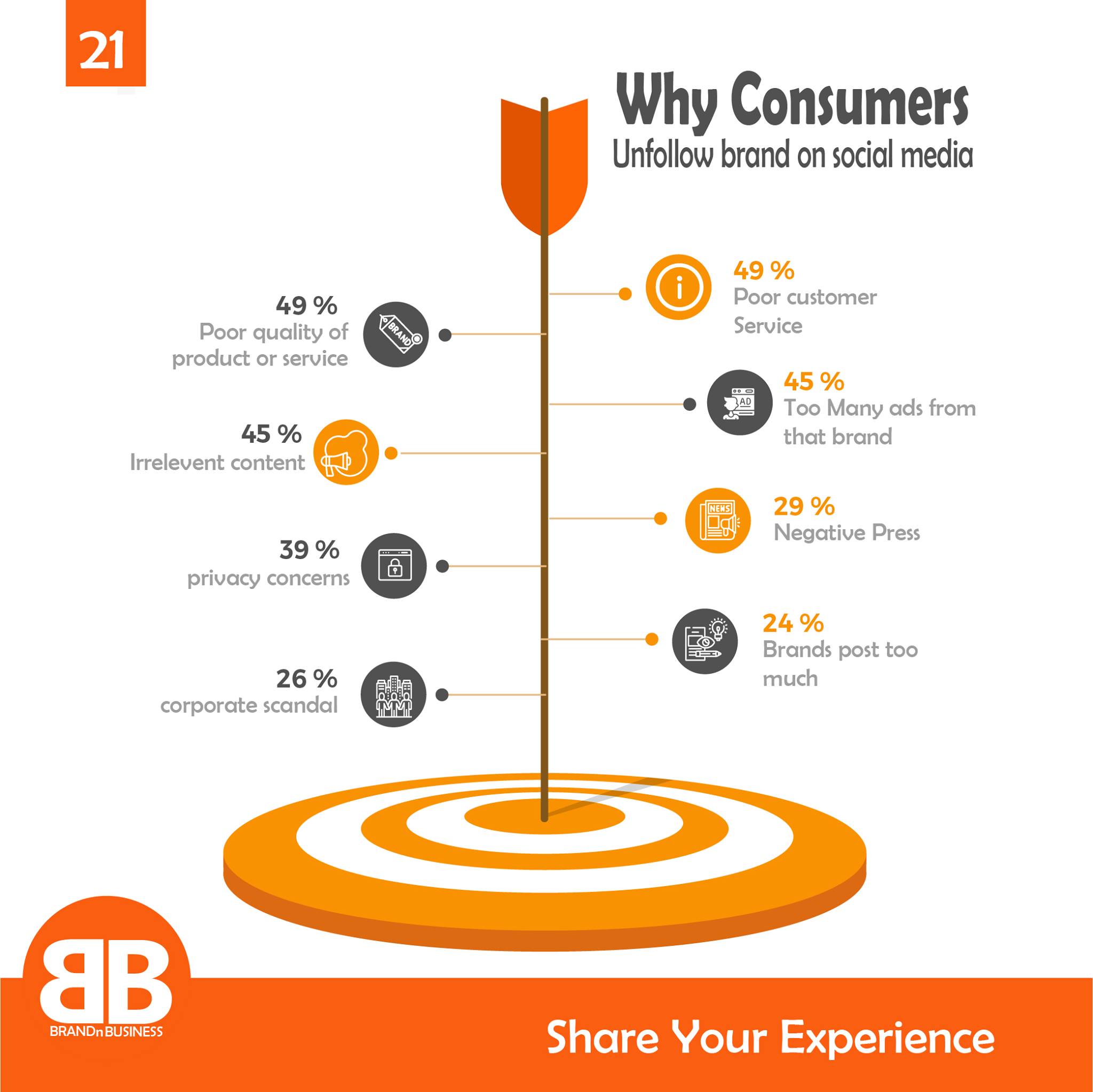
Visual identity refers to all the graphic and visual information that defines what a brand's identity is and distinguishes it from other brands. This, in essence, defines everything that customers experience, from the logo to the design of the interior of a shop.
In most cases, the visual brand results in the creation of a branding style manual that gives consistent guidance on how the brand's identity is visually represented throughout the day and in all situations.
The goal for visual identification is to:
- to make an emotional reaction in viewers
- to inform potential customers about the character of the brand and the products or services
- to inform viewers about the nature of the brand and services/products
- to unite the numerous aspects of business by providing the use of consistent images
Visual identity is different from brand identity
Visual identity has a direct connection to the brand's identity.
On one hand, brand identity can be an overall representation of all that defines the brand into what it is. It encompasses visual identity, as well as non-visual components like a voice for the brand guide copy editing a mission statement core values, etc.
But, at the same time visually defining identity can be a separate field that requires a distinct thought process and approach to the whole concept of brand identity. While there are some similarities there are generally distinct professions that are that are involved in each. Brand identity is managed by marketers, while visual identity involves designers as well as creative directors.
In simple terms, the term "brand identity" describes what a brand's identity is on the inside, while visual identity defines what a brand's identity is from the outside.
The components of visual identity-
Visual identity is fundamentally the visual language of a brand. In this sense, its distinct elements are, just like words, the basic building blocks that enable the user to communicate meaning. We'll take a look at the different elements that are put together to create a unified visual identity.
Graphics
Graphics, as part of identity and visual appeal are visual assets that are designed or drawn. They could be as basic as shapes and forms. Take a look at an example of a Lego block or Coca-Cola bottle and how their distinct shapes represent each brand's identity. They can also be more elaborate like logos icons, a logo, or animated full-scale images or animations.
Typography
Typography refers to the design or shape of the text you choose to use for your branding. There are a variety of styles of typography and each can create a distinct impression on the user, as well as different levels of readability. For purposes of visual identity, it is important to consider the wordmark of your logo, headline font, and the body copy type font (which is the one that's most accessible).
Color palette
Colors are used to define an organization through a set of colors (no greater than 3 colors is typically suggested) with very specific shades, hues, and shades. It means that brands can't only use green or red but also seafoam and shiraz. If used properly the right colors can trigger certain of the more effective emotional reactions for the viewer.
Although the color palette typically begins with the logo these colors can be reused across all branding materials. Designers generally have to choose the primary color (the principal color used for your company's brand) a second hue (to be used for the background) and one that is an accent (for contrast on elements like the CTA button). Remember not having color in the first place, like black or white is an appropriate color choice, too.
Imagery
Imagery refers to photography and video content, as well as spokespersons who are the live "image" that represents the brand's image in ads. When it concerns branding, the designers have to choose only the images that are most reflective of the brand's character and, perhaps most importantly the customers.
Imagery is a key element relevant to the intended public because people are drawn to faces and are naturally drawn to be reflected by the companies they choose to consume. This includes, for example setting guidelines on the way that any images or videos are meant to read as corporate or feature everyday people, based on who your images are intended to speak to.
Brand assets in physical form
Physical assets refer to the tangible objects that form part of the visual identity of a brand. In essence, this might not be the case for brands that do not have physical locations and the characteristics of these assets may differ, in businesses that do. However, since this is a key aspect of the visual identity of physical brands, it's worth examining.
Physical assets are the layout and style of a shop (think of the way that each of the Apple Stores looks alike with glass storefronts and white interiors) as well as the uniforms employees who interact with customers wear, and the cutlery, china, and tablecloths employed in restaurants. Each of these can convey a message to customers and customers, such as the absence of uniformity.
Graphic design is a way to apply visual identity-
Graphic design can be described as the process by which transforms visual elements into a coherent visual identity. Here are the typical situations where brands create visuals. graphic design can serve as a guideline to keep the consistency as well as visually pleasing.
Brand and logo assets
The design of branding and logos is the core of the creation of a visual identity. A logo is the most important image of a brand and it is the foundation for all the graphic colors, typography, and color choices of the brand's visual identity moving forward. The category also includes the identification of materials like business cards, letterheads, and social avatars or cover images, where the goal is to establish the brand's identity.
Advertising and business
Advertising is the process of using their images to effectively contact clients. It can take the forms of flyers, brochures and billboards, TV/magazine/banner advertisements, and much more. Since people rarely look for advertising visuals, they should identify the brand, in addition to going the extra mile to please people, entertain, and convince them.
Digital Design and the Web
Digital design is the area in which consumers can directly communicate with their visual identity. The visual identity components here are usually expressed in websites or hero images, color schemes for interfaces and layouts, and social media content buttons, animations, icons, and a lot more. Since digital tools are created for use, the visual identity should unobtrusively aid the user in completing their job.



